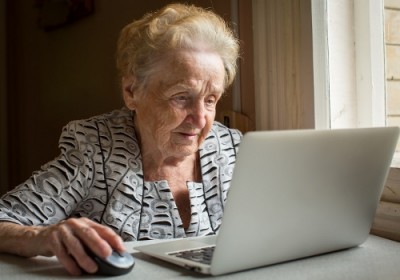
My friend Lana is on the emotional roller coaster of moving her mom to assisted living. Coupled with holiday stress, it’s taking quite a toll. Like most seniors, Lana’s mom would rather live in her own home. However, her functioning declined to the point that she fell several times, leading to multiple trips to the emergency room. Lana fretted over the decision to look for another living arrangement for her mom. Fortunately, guidelines helped identify when it was time.
Assisted living may be called for if a senior has difficulty performing tasks of daily life, such as:
- Basic personal care tasks, such as bathing, dressing, toileting, eating.
- Paying the bill, handling the mail, preparing meals, cleaning, and transportation outside the house.
Furthermore, a worsening medical condition may lead to a lack of activity, falls, incontinence, and poor nutrition, as was the case with Lana’s mom. After yet another hospitalization, it was time; however, the emotional toll has been heavy with grief, doubt, regret, and guilt.
Author Liz O’Donnell offers these strategies to ease the transition.
- Give it time. It takes from three to six months to adjust.
- Ask friends or family to help.
- Expect setbacks. Ups and downs are typical. Allow yourself to feel discomfort with the fact you can’t fix it.
- Be a good listener of your parent’s concerns and feelings.
- Surround your loved one in familiar belongings from home. Limit new things. The situation is all new.
- Advocate for your parent to help build a team. Let them know who your parent is and what her preferences are.
- Set boundaries. Decide what you are willing and able to do and stick with it.
Finally, Kathy Dreyer’s recent blog post offers these words of wisdom from her own experience of managing the emotional toll of moving her mom to a facility. “Let go of what you can. Acceptance can bring relief, whether it is in accepting help or accepting changes.”
What do you believe is essential to help ease the emotional toll of moving a loved one to long term care?
Ann Catlin, OTR, LMT: For twenty years, Ann led in the field of skilled touch in eldercare and hospice. She has nearly forty years’ clinical experience as an occupational and massage therapist. She created Age-u-cate’s Compassionate Touch program and now serves as a Master Trainer and training consultant.


 The importance of computer access for people living in
The importance of computer access for people living in